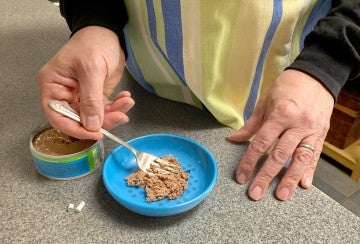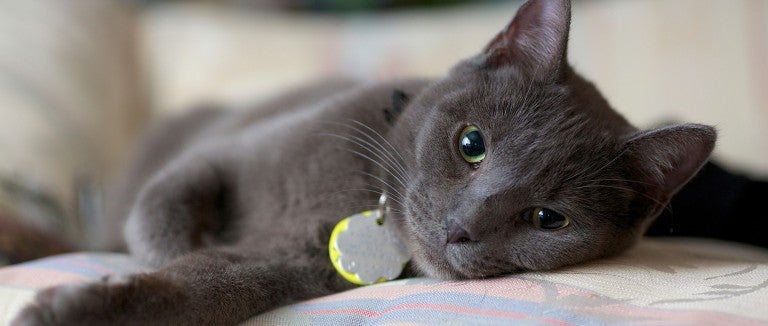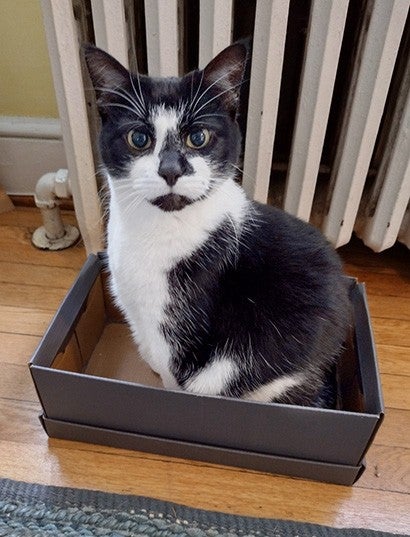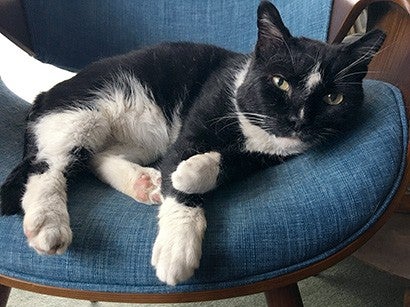For years we managed our lovable but anxious cat’s behavior in ways that, looking back, seem silly. Pepper, an indoor cat, would become upset if she looked through the sliding glass door in our kitchen and saw another cat passing through our backyard. As she began to growl, we would hastily retreat. We knew that, thwarted by the glass, Pepper might soon turn all her cat-directed fury at us. My husband would move behind a chair for protection, and I would rush out the front door to chase the intruder from our yard.
Fluoxetine simply reduces anxiety, stops compulsive behavior such as overgrooming and resolves behavioral issues that might otherwise make it difficult for people to keep their pets.

More than three years after attacking my ankle, Pepper is a calmer, happier cat. She doesn’t become agitated when other cats walk through the yard and has stopped licking the fur off her belly (another sign of feline anxiety). She’s been taking fluoxetine every day since June 2020—we break open the capsule and mix the powder into her wet food. Pepper doesn’t notice the addition to her dinner, and we can all finally relax together in the kitchen.
Want more content like this?
This was written and produced by the team behind All Animals, our award-winning magazine. Each issue is packed with inspiring stories about how we are changing the world for animals together.
Learn MoreSubscribe


